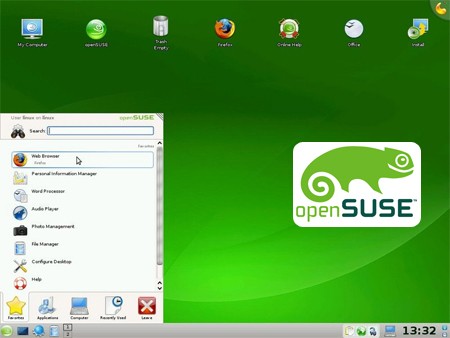If you read “Jenny’s Daily Drivers” or “Linux Fu” here on Hackaday, you know we like Linux. Jenny’s series, especially, always points out things I want to try on different distributions. However, I have a real tendency not to change my distro, especially on my main computer. Yet I know people “distro hop” all the time. My question to you? How do you do it?
The Easy but Often Wrong Answer
Sure, there’s an easy answer. Keep your /home directory on a separate disk and just use it with a new boot image. Sounds easy. But the truth is, it isn’t that easy. I suppose if you don’t do much with your system, that might work. But even if you don’t customize things at the root level, you still have problems if you change desktop environments or even versions of desktop environments. Configuration files change over time. Good luck if you want to switch to and from distros that are philosophically different, like systemd vs old-school init; apparmor vs SELinux. So it isn’t always as simple as just pointing a new distro at your home directory.
One thing I’ve done to try out new things is to use a virtual machine. That’s easy these days. But it isn’t satisfying if your goal is to really switch to a new distro as your daily driver. Continue reading “Ask Hackaday: How Do You Distro Hop?”













